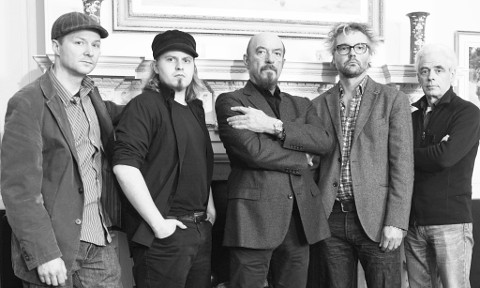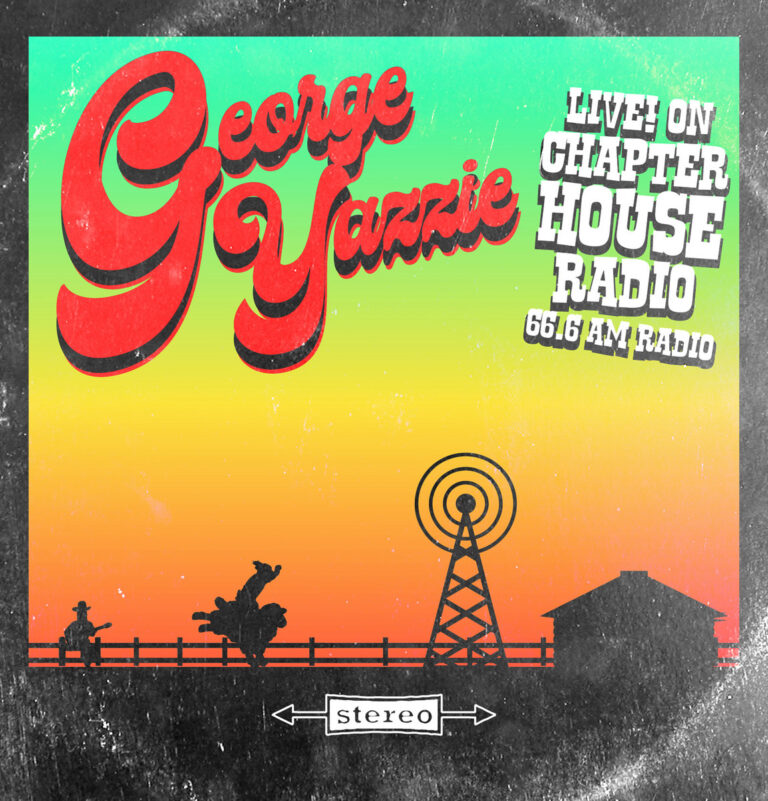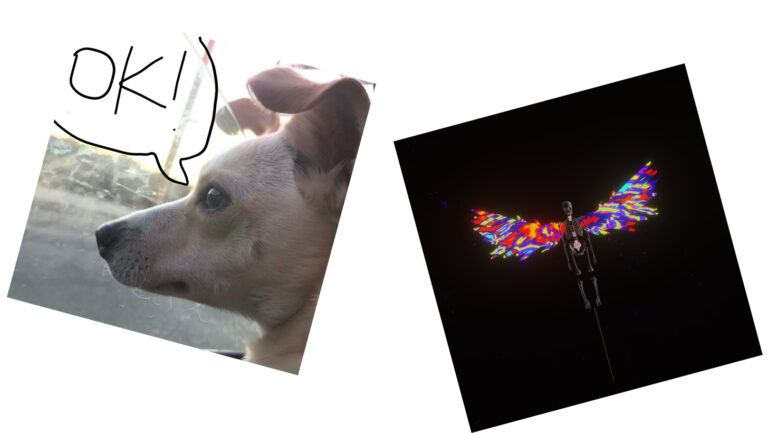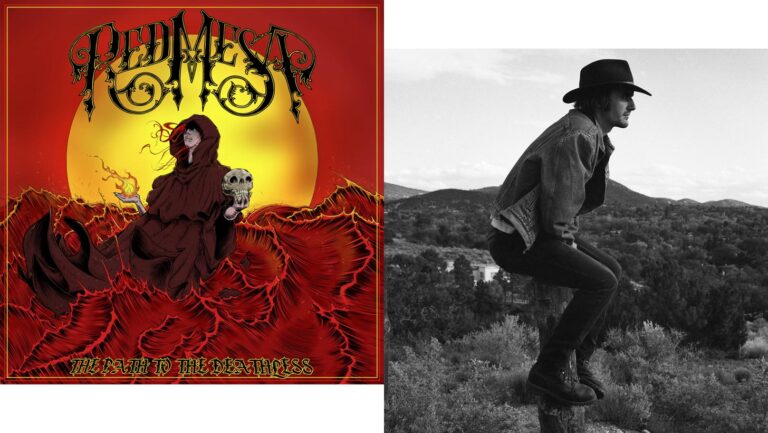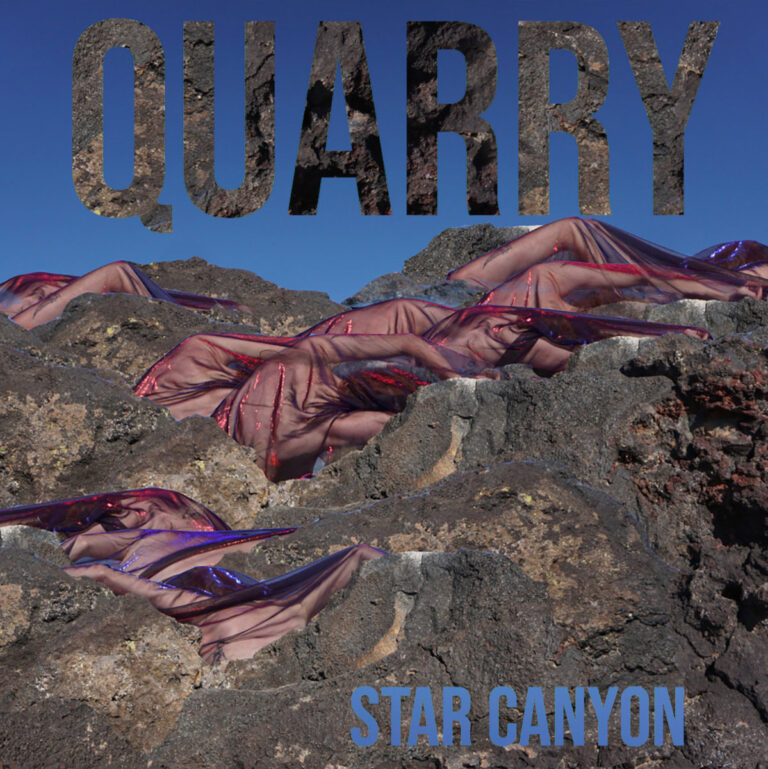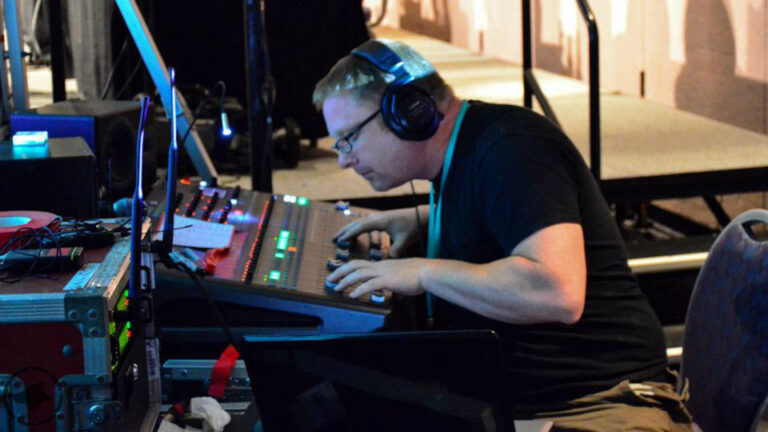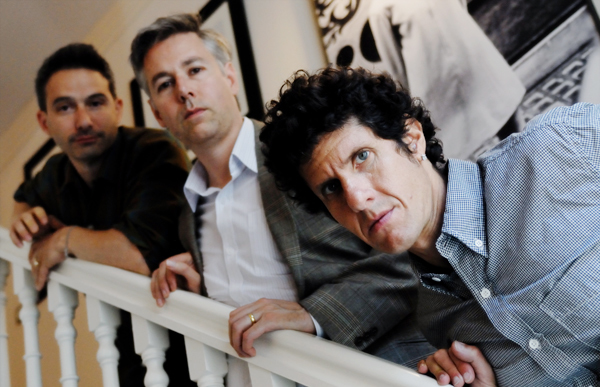Unless you’re talking about the dude who nudged British agriculture toward the modern age, there is no Jethro Tull. That Tull invented the horse-drawn seed drill in the 17th century. As for the band named Jethro Tull, they’re history too. But Ian Anderson—the man behind the prog-rock group—certainly hasn’t gone out to pasture. He isn’t living in the past either, although he may occasionally visit for the sake of fans worldwide.Touring in support of new solo effort Homo Erraticus, Anderson is slated to perform in Albuquerque on Sunday, Sept. 21, at Kiva Auditorium (401 Second Street NW). Anderson reached out to the Alibi to discuss current social and political issues, his music and, naturally, what came before.Let’s talk about Homo Erraticus, which translates from the Latin as “wandering man.”I started writing the album on Jan. 1, 2013. I went to my writing room without any preconceived ideas. I sat down with my flute, guitar and laptop. For some reason I hit upon the words “the Doggerland,” an area of low-lying marshland that existed between what is now Europe and the British Isles. As the ice melted, it became submerged and separated Britain from Europe. It remains an area of some fascination. It was part of that great migration of people northward, driven by climate change. Doggerland became the starting point for what became a conceptual piece about [humans] as a species, about how we go where the grass is greener. It’s often a story of pain, suffering and greed but a lot of good stuff too. These issues—the futility of war, the dominating of people in far-off places—are part and parcel of the music in the album. I try and deal with these issues in an offbeat and sometimes humorous way.You’ll perform Homo Erraticus as the first half of the concert. What happens after that?The second half of the show comprises the very best of Jethro Tull. Some of that involves tunes with which everyone is familiar; some of it is lesser-known tunes from the Jethro Tull repertoire. For this tour we’re concentrating on music written between 1969 through the ’80s—a bit from A Passion Play, Songs from the Wood, Too Old to Rock ‘n’ Roll: Too Young to Die! Also iconic songs like “Aqualung” and “Locomotive Breath.”Is the ensemble you’re touring with a new configuration of collaborators?Only one of them is relatively new: our second vocalist, mime artist and theatrical performer Ryan O’Donnell. The guys who play the instruments have been with me for a number of years. They go back to about 2004. They’ve been with me as members of Jethro Tull and as a solo artist. They’re all very well-schooled in the Jethro Tull literature. Compared to the other 24 [previous] members of Jethro Tull, these guys have the most consummate knowledge of the repertoire.You often include various forms of multimedia and theatrics in your performances. Is that part of this year’s tour?Back in 1974, we took on a sort of cheerful, amateurish theatrical format for Thick as a Brick. We used a big video screen for the first time the next year for A Passion Play. In 1982 we did a big theatrical tour complete with a pirate ship. After that theatrics seemed a little too dressy. In recent years, with the benefit of modern technology, it’s possible for me to do those kinds of shows again. The combination of theatrics and technology make the concert experience more interesting for the audience. Next year I’m performing with a full orchestra and choir in Germany.How does your flute playing figure into all this? Do you incorporate over-blowing to achieve your signature sound?It’s not really over-blowing, where you tighten the embouchure, producing a harmonic of the fundamental tone for a particular fingering. What you’re referring to is the vocalizing, the reinforcement of the flute by guttural vocal sounds that give it kind of an edge. When I started playing, I was trying to be clever. It was the only way I could get a noise out of the instrument. I began at the age of 20. I didn’t have a flute teacher. It took me quite a while to get anything out of the flute. Finally, I suddenly realized what to do to make a noise of it. I could make it a louder noise and reinforce the weakness of my lower octave by using vocal sounds. That became a trademark of mine. By February of 1968, I was playing the flute every night, doing gigs … essentially blues music. I treated it as a surrogate guitar and tried to find guitar notes on the flute. What you refer to as over-blowing is only part of what I’ve done for many years because I was never taught to use the proper fingerings. A lot of the higher notes—the notes in the third octave of the flute—I created not by using cross-fingering but by over-blowing the second octave. I did this until about 1990 or 1991 when I decided to take a crash course on technique. Like many professional flautists, I know some clever ways of getting through difficult passages using very quickly played harmonics. They articulate easier. What’s important to you about your music?To touch upon issues not about me. I tend to do it in a way that’s invitational. I have to draw people into that area of discussion or thought that is sometimes difficult to approach. If it has to do with spiritual matters, politics, genocide, climate change or sustainability, then I approach those issues musically. I have to be optimistic. As a species, we are extraordinarily creative, but we also do quite a bit of damage to the planet. These are very worrying times, but long-term our species has proven very resilient. These issues inform the songs I write. I don’t lecture, but I also don’t trivialize. I use music and humor to make it seem like it’s okay to get in the water, even when the big shark’s about to bite your head off.
Ian Anderson performs Homo Erraticus and the best of Jethro TullSunday, Sept. 21, 7:30pm Kiva Auditorium401 Second Street NWTickets: $53-$84jethrotull.com

